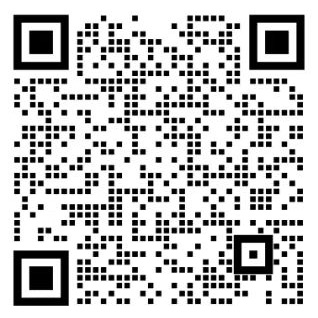
Pixelated elements have played an important role in design in recent years, especially in 2024, pixelated design is becoming a popular trend. It not only brings a sense of nostalgia, but also injects new vitality into modern design. Here are some aspects of the impact of pixelated elements on this year's design:
1. Nostalgia and retro trend
Nostalgic emotion: Pixelated design often reminds people of early video games and computer graphics, thus evoking people's nostalgic emotions. This retro style can attract consumers who have an emotional connection with the culture of the 80s and 90s.
Brand personality: Using pixelated elements can add a unique personality to the brand and make it stand out from the competition. Especially in the technology and creative industries, the pixel style is often used to convey the brand's innovative spirit and creativity.
2. Simplicity and clarity
Visual simplicity: Pixelated design emphasizes a simple visual language, conveying information through simple geometric shapes and limited colors. This design style is very suitable for information-intensive applications such as data visualization and infographics.
Recognizability: The simplicity and clarity of pixelated patterns make them recognizable at all sizes and resolutions, making them perform well on different devices and screens.
3. Digital and modern
Digital atmosphere: Pixelated elements are very popular in the design of technology products, software applications, and digital platforms because they can convey the feeling of digitalization and modern technology.
Avant-garde style: By combining traditional pixel styles with modern design elements, avant-garde and visually impactful designs can be created to attract the younger generation of consumers.
4. Flexible application
Cross-border design: Pixelated design can be applied to various design projects, including web design, brand identity, advertising, packaging, etc. Its flexibility makes it an important element in the designer's toolbox.
Interactivity: On digital platforms, pixelated elements can be used for interactive design and animation to enhance the user experience. For example, pixelated icons and buttons can provide intuitive feedback in the user interface.
5. Art and creative expression
Artistic design: Pixelated elements can be used for creative expression and artistic design, providing a unique visual style. Through creative combinations and color applications, pixelated design can become very artistic and unique.
Cultural fusion: Pixelated design can be integrated with other cultural elements to create design works with cultural depth and visual appeal.
6. Market appeal
Young audience: Pixelated design is particularly attractive to young consumers who have a strong interest in retro games and digital culture. Through this design style, the brand's appeal among young groups can be enhanced.
Social media communication: Pixelated design has a strong spread on social media platforms. Its unique visual effects can attract users to share and interact, thereby enhancing the brand's exposure and influence.
7. Actual case
Fashion brands: Some fashion brands have begun to adopt pixelated design elements on clothing and accessories to create a unique trend style.
Technology products: Technology companies use pixelated design to convey technological innovation and modernity, such as for application icons, website design and user interfaces.
Through these aspects of influence, pixelated elements in 2024 design not only build a bridge between nostalgia and modernity, but also inject new vitality and creativity into various design projects. This design trend is constantly evolving, influencing visual expression and brand communication in all walks of life.





